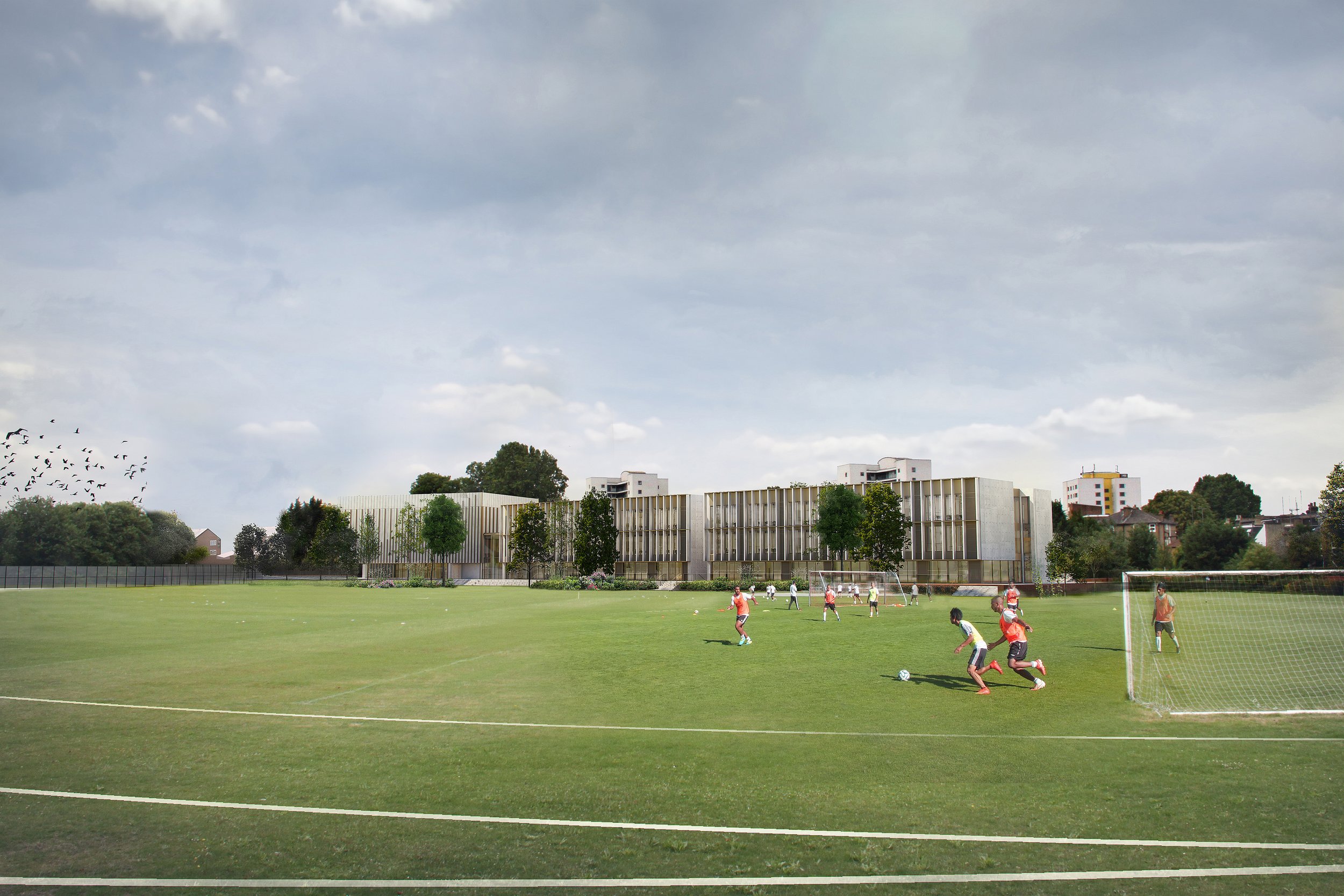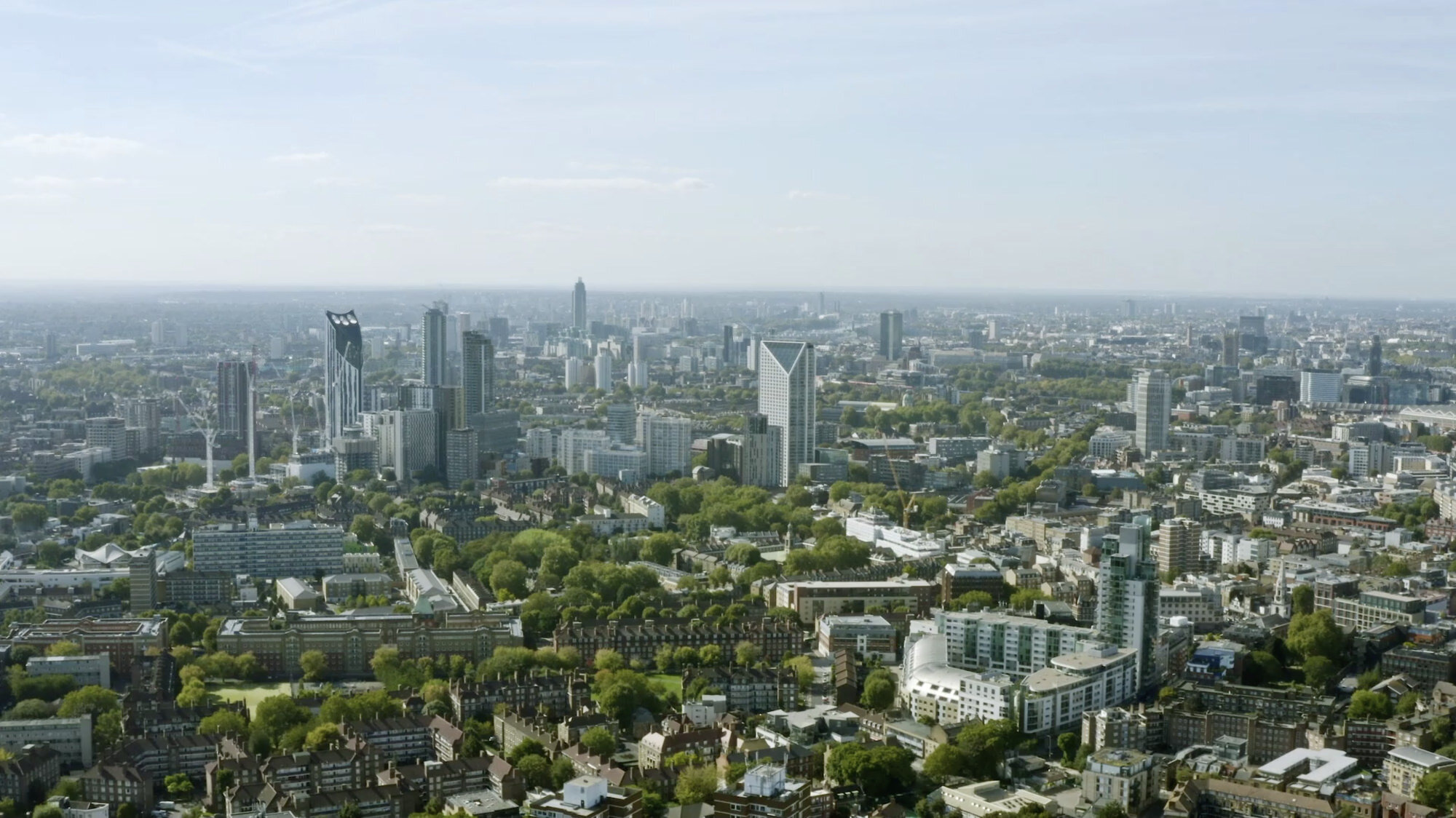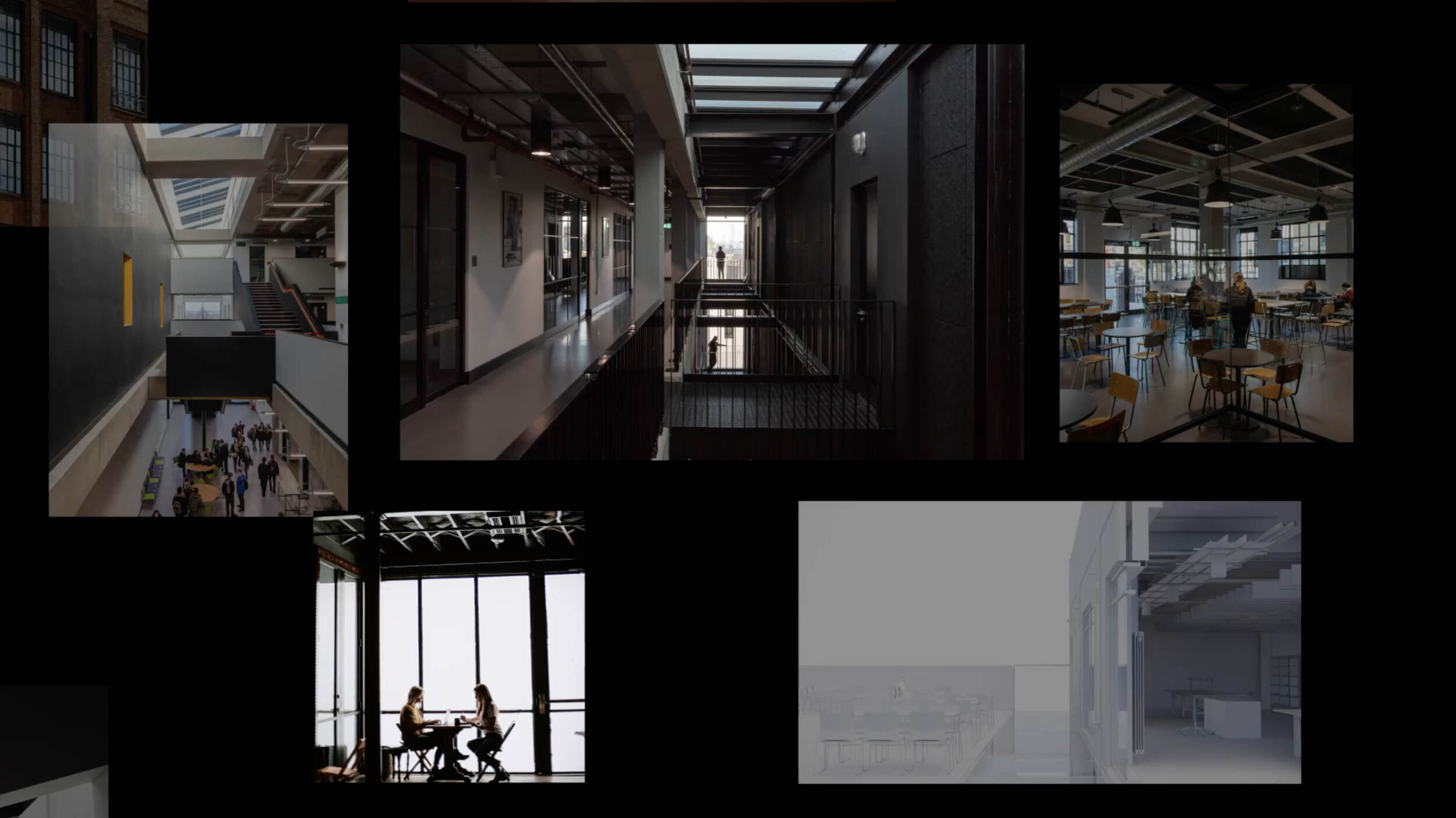
There’s an unavoidable truth. Mixed use regeneration is not delivering on its purpose, to foster thriving, complex places that serve and encourage sustainable communities. As champions of education who recognise learning as a key tool in creating a successful and sustainable society, we are organising EDU+ workshops for those in the built environment who want to learn how to truly deliver on the potential of mixed use regeneration.
WHAT HAPPENED?
The system has permitted widespread inappropriate housing development, creating soulless urban ‘dead zones’ inhabited by young professional workers in high-density complexes with none of the demographic, economic and cultural diversity that forms the bedrock of any successful community.
The pursuit of profit and pointless housing targets have hollowed out the hearts of our cities. Architecture Initiative is determined to get them beating again, by focusing on diversity, and by living and learning
340,000
people moved out
of London in 2018
22
London boroughs saw negative
net migration in 2018/19
London
is the only region in England where
more people are leaving than arriving
ENCOURAGING DIVERSITY AND SUSTAINABILITY
One size does not fit all. If we fail to accommodate the broader society; the young, the elderly, families, key workers, the haves and the have nots we will create greater problems that will take years to solve.
So, what’s the solution?
It seems clear that if cities are going to thrive economically and retain a compact form, their inner-urban areas must cater for both high and low income families as well as better-off singles, young couples and empty-nesters.
This means building urban neighbourhoods in which parents choose to raise their children – inner city developments that maintain a compact, environmentally sustainable footprint and create a climate of integration and inclusion.
Developments that live and breathe and that provide stability and opportunity for generations of inhabitants.
Embracing that level of societal responsibility is a big ask but it makes commercial and social sense - you just have to think about things differently.
↓ Want to understand how to truly deliver on the potential of mixed use?
WORKSHOPS
We want to share our knowledge to benefit everyone. We are organising EDU+ Workshops for those in the built environment who want to learn how to truly deliver on the potential of mixed use regeneration.
+ Expose:
Understand the opportunities that are currently lying dormant in development sites to increase diversity and longevity in building sustainable communities.
+ Vision:
Realise the tangible social and economic value of integrating education into future places not just for the people who live there but for developers, asset holders and local authorities.
+ Activate:
Shift the way you see and understand education’s role as part of mixed-use developments. Learning is the cornerstone of truly thriving places.
Email:
info@architectureinitiative.com
to find out more











